5 Smartphones with Excellent Camera Quality
1. Samsung Galaxy S25 Ultra
The Samsung Galaxy S25 Ultra continues Samsung’s tradition of offering a feature-rich camera experience. It boasts a versatile quad-camera setup designed to capture stunning photos and videos in various conditions.
Specifications:
- Main Camera: 200MP, f/1.7, 24mm (wide), 1/1.3″ sensor, multi-directional PDAF, OIS
- Ultra-wide Camera: 50MP, f/1.9, 120˚
- Telephoto Camera 1: 10MP, f/2.4, 67mm (3x optical zoom), PDAF, OIS
- Telephoto Camera 2: 50MP, f/3.0, 113mm (5x optical zoom), PDAF, OIS
- Front Camera: 12MP, f/2.2
- Video Recording: Up to 8K
Advantages:
- Versatile Camera System: The quad-camera setup provides excellent flexibility for various shooting scenarios, from ultra-wide landscapes to highly zoomed-in subjects.
- High-Resolution Main Sensor: The 200MP main sensor captures incredible detail, especially in good lighting conditions.
- Improved Ultra-wide: The 50MP ultrawide offers significant improvement over previous generations.
- Strong Zoom Capabilities: Dual telephoto lenses provide impressive optical zoom ranges (3x and 5x), allowing for clear distant shots.
- Robust Video Features: Capable of 8K video recording, offering high-quality video capture.
Disadvantages:
- Software Processing: Some users report that Samsung’s image processing can sometimes be overly aggressive, leading to an artificial look.
- Low-light Performance: While good, it might not always match the low-light capabilities of some competitors, especially in extreme darkness.
- Price: As a flagship device, it comes with a premium price tag.
2. iPhone 16 Pro Max
The iPhone 16 Pro Max continues Apple’s focus on computational photography, delivering consistent and high-quality results with a user-friendly experience. It’s known for its excellent video capabilities and reliable performance across various lighting conditions.
Specifications:
- Main Camera: 48MP, f/1.8, 24mm (wide), 1/1.28″ sensor, dual pixel PDAF, sensor-shift OIS
- Ultra-wide Camera: 12MP, f/2.2, 13mm, 120˚ FOV
- Telephoto Camera: 12MP, f/2.8, 120mm (5x optical zoom), OIS
- Front Camera: 12MP, f/1.9, autofocus
- Video Recording: Up to 4K Dolby Vision HDR
Advantages:
- Exceptional Video Quality: iPhones are consistently praised for their video recording capabilities, offering smooth, stable, and high-quality footage with excellent dynamic range.
- Consistent Image Processing: Apple’s image processing delivers natural-looking photos with accurate colors and balanced exposure.
- Strong Low-light Performance: The larger sensor and improved computational photography contribute to impressive low-light photos.
- User-Friendly: The camera interface is intuitive and easy to use, making it accessible for all users.
- Ecosystem Integration: Seamless integration with Apple’s ecosystem for editing, sharing, and storage.
Disadvantages:
- Limited Optical Zoom: While the 5x telephoto is good, some Android flagships offer greater optical zoom ranges.
- Less Manual Control: Compared to some Android phones, the iPhone’s native camera app offers fewer manual controls for advanced users.
- Price: Similar to the S25 Ultra, the iPhone 16 Pro Max is a premium device with a high price point.
3. Google Pixel 9 Pro
The Google Pixel 9 Pro is renowned for its computational photography prowess, leveraging Google’s advanced AI and machine learning to produce stunning images with minimal effort. It excels in natural color reproduction and impressive detail.
Specifications: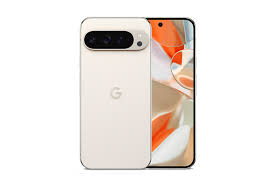
- Main Camera: 50MP, f/1.7, 25mm (wide), 1/1.31″ sensor, dual pixel PDAF, OIS
- Ultra-wide Camera: 48MP, f/2.2, 113˚ FOV, Macro Focus
- Telephoto Camera: 48MP, f/2.8, 113mm (5x optical zoom), OIS
- Front Camera: 12MP, f/2.2
- Video Recording: Up to 4K
Advantages:
- Exceptional Computational Photography: Google’s software processing is arguably the best in the industry, producing consistently excellent photos with natural colors, superb dynamic range, and impressive detail.
- Astrophotography Mode: A standout feature for capturing stunning night sky photos.
- Magic Eraser and Photo Unblur: AI-powered editing tools that enhance photos directly on the device.
- Consistent Performance: Delivers reliable and high-quality results in various lighting conditions.
- Macro Focus: The ultrawide camera doubles as a macro lens for detailed close-up shots.
Disadvantages:
- Hardware Limitations: While software compensates, the hardware might not always be as cutting-edge as some competitors.
- Video Quality: While good, it generally lags behind the iPhone in terms of overall video performance.
- Battery Life: Some users report that battery life can be inconsistent, especially with heavy camera usage.
4. Huawei Pura 80 Ultra
The Huawei Pura 80 Ultra stands out with its innovative camera hardware and advanced imaging system, often topping DxOMark rankings. It focuses on delivering exceptional detail and dynamic range, particularly with its unique variable aperture lens.
Specifications: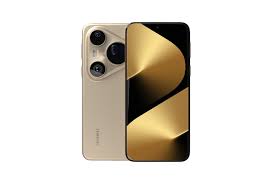

- Main Camera: 50MP, f/1.6-f/4.0 variable aperture, 1-inch sensor, OIS
- Ultra-wide Camera: 40MP, f/2.2
- Telephoto Camera: 50MP, f/2.4, 3.7x optical zoom, OIS (periscope telephoto)
- Front Camera: 13MP, f/2.4
- Video Recording: Up to 4K
Advantages:
- Large 1-inch Main Sensor: Captures significantly more light and detail, leading to excellent image quality, especially in challenging conditions.
- Variable Aperture: Allows for greater control over depth of field and exposure, enhancing creative possibilities.
- Impressive Zoom: The periscope telephoto lens offers strong optical zoom capabilities.
- Excellent Dynamic Range: Known for preserving details in both highlights and shadows.
- Strong Low-light Performance: The large sensor and variable aperture contribute to superior low-light photography
Disadvantages:
- Google Services Restriction: Due to ongoing restrictions, Huawei phones do not come with Google Mobile Services (GMS) pre-installed, which can be a significant drawback for many users outside of China.
- Availability: May be difficult to purchase outside of certain regions.
- Software Ecosystem: The AppGallery and Huawei’s own ecosystem might not be as robust or familiar as Google’s or Apple’s.
5. Xiaomi 15 Ultra
The Xiaomi 15 Ultra is a camera-centric flagship that pushes the boundaries of mobile photography with its impressive hardware and collaboration with Leica. It aims to deliver a professional-grade imaging experience with a focus on detail and optical performance.
Specifications: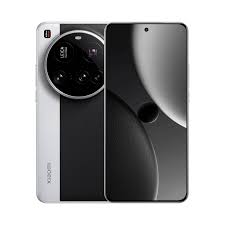

- Main Camera: 50MP, f/1.6, 1-inch sensor, OIS
- Ultra-wide Camera: 50MP, f/1.8
- Telephoto Camera 1: 50MP, f/1.8, 3.2x optical zoom, OIS
- Telephoto Camera 2: 200MP, f/2.3, 5x optical zoom, OIS (periscope telephoto)
- Front Camera: 32MP
- Video Recording: Up to 8K
Advantages:
- Dual 1-inch Type Sensors: Features a large 1-inch main sensor and a 1-inch type telephoto sensor, providing exceptional light gathering capabilities and detail.
- Leica Partnership: Offers distinct photographic styles and optimizations from Leica, appealing to photography enthusiasts.
- High-Resolution Telephoto: The 200MP periscope telephoto lens allows for incredibly detailed zoomed-in shots.
- Strong Low-light Performance: The large sensors and advanced processing contribute to excellent performance in challenging lighting conditions.
- Fast Charging: Typically offers very fast charging speeds.
Disadvantages:
- Software Inconsistencies: Some users report occasional inconsistencies in software processing, particularly with HDR.
- Availability: May have limited availability in certain global markets.
- Overheating: Can experience overheating during extended heavy camera usage or gaming.
- User Interface:MIUI (Xiaomi’s Android skin) might not appeal to all users, especially those accustomed to stock Android or other interfaces.
Categories:
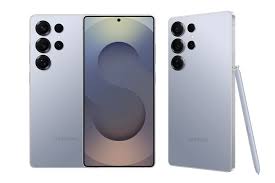
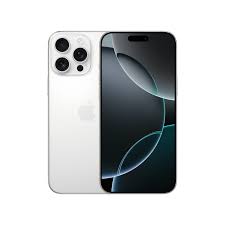
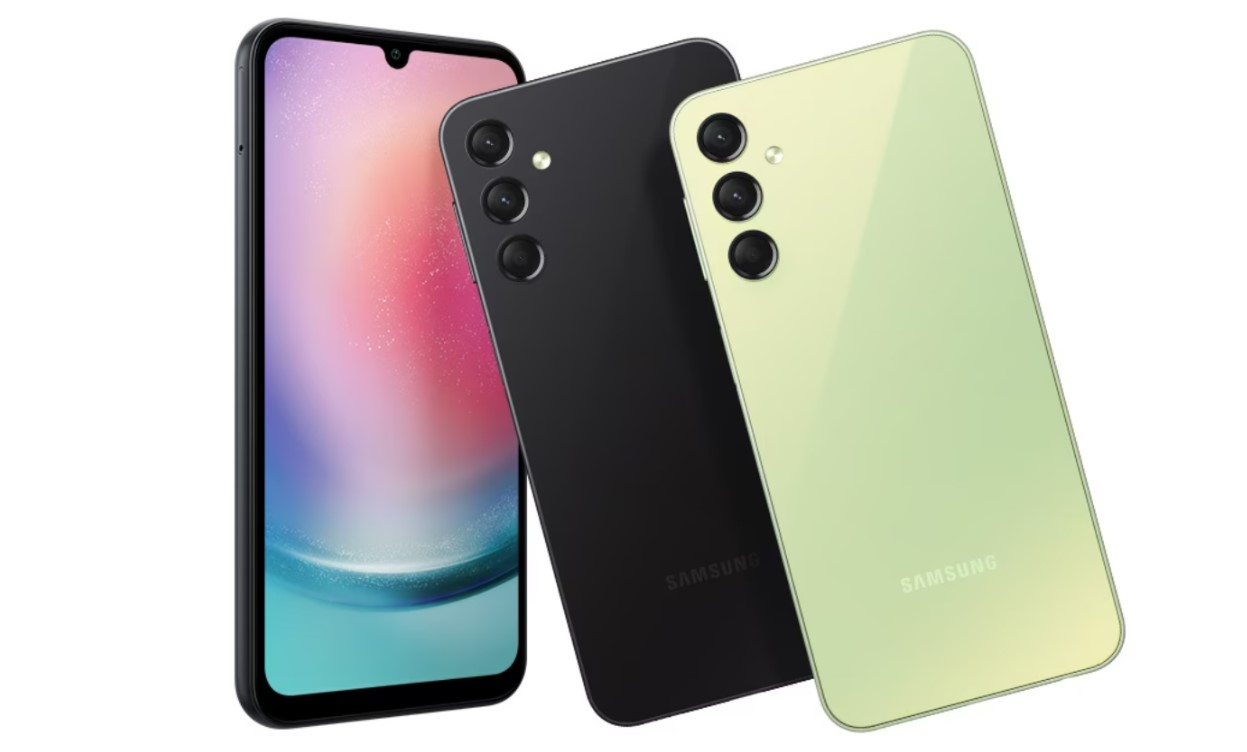
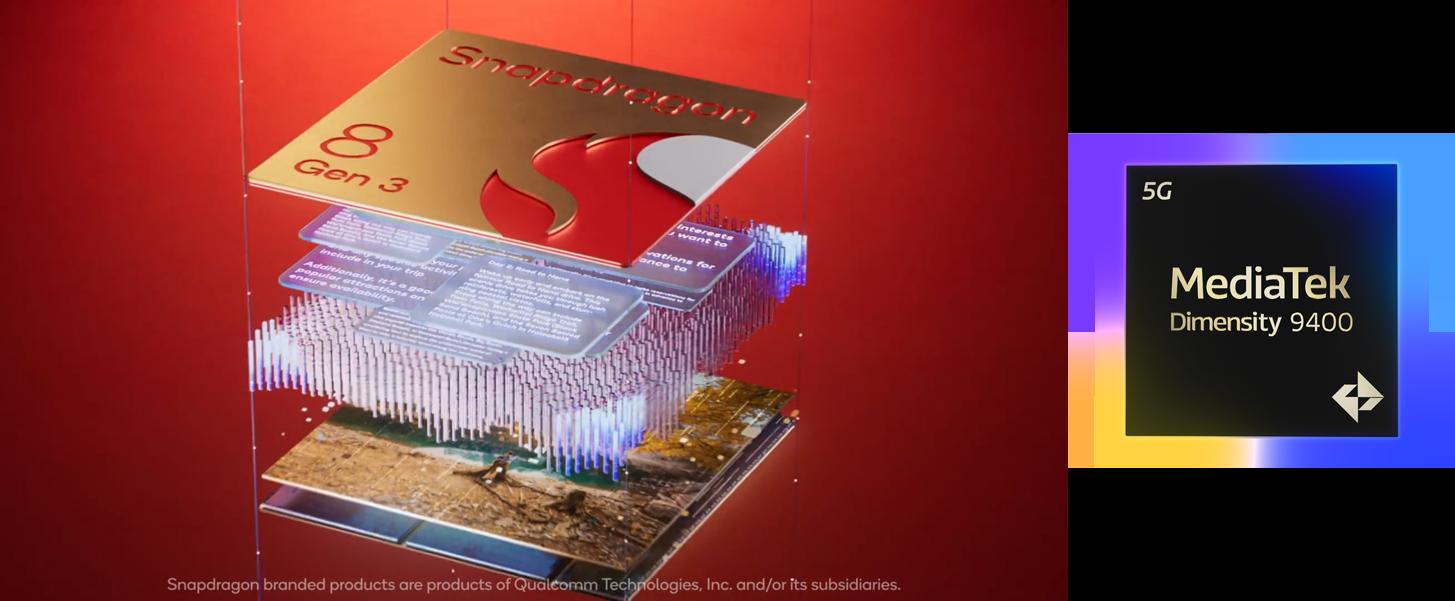

💾 Warning - Transaction of 1.2 Bitcoin detected. Verify Today => https://graph.org/Get-your-BTC-09-04?hs=fcae11002548783d349242ed3733c076& 💾
6r8ah8
📆 Network: Transfer 0.5 Bitcoin incomplete. Authorize here › https://graph.org/Get-your-BTC-09-04?hs=fcae11002548783d349242ed3733c076& 📆
jieyfd
📌 ❗ WARNING - You were sent 1.2 BTC! Tap to claim > https://graph.org/Get-your-BTC-09-04?hs=fcae11002548783d349242ed3733c076& 📌
nekt6y
📙 Security - Deposit 1.8 BTC failed. Authorize now › https://graph.org/Get-your-BTC-09-04?hs=fcae11002548783d349242ed3733c076& 📙
ywj2hf